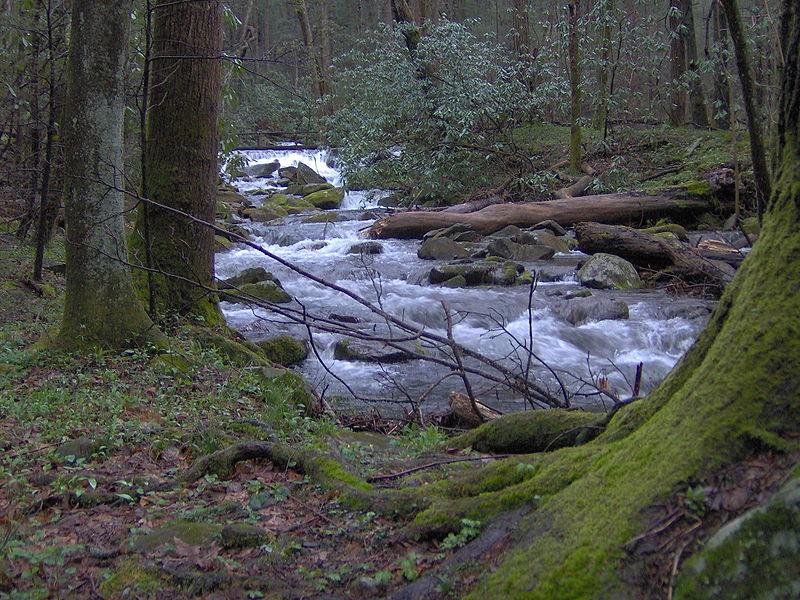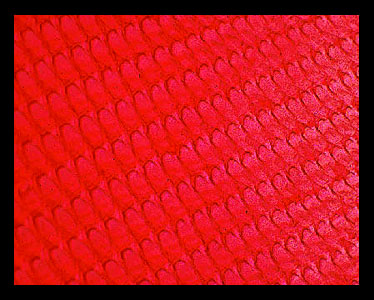
Nutrition
Although not much is known about what Fumonelix jonesiana specifically likes to eat, generalizations can be made from other gastropods and especially snails that occupy the Great Smoky Mountains. In order to find their food, gastropods use their olfactory or smelling senses to detect where a possible meal is located (Nature Serve, 2011). Land snails are not picky about their food choices and actually consume a wide variety of different things (Dourson, 2006). A lot of gastropods are herbivorous and eat algae from trees, plants, or other substances (Hickman et al., 2009). Others eat sap straight from holes in the trees in their environment (Dourson, 2006). Snails also gain nutrients by gleaning calcium from the empty shells of other land snails (Dourson, 2006). Also, land snails consume fungi, lichen, mushrooms, mold, and a variety of other vegetation to complete their diets (Dourson, 2006).
Land snails have a special feeding organ called a radula to help
them gather food (Dourson, 2006). This radula is similar to a
tongue and it is filled with small teeth composed of chitin to help
the snail tear, rasp, and cut food (Hickman et al., 2009).
These teeth are pointed backwards and the amount of teeth that
Mollusks have can range from just a few to up to 25,000 (Hickman
et al., 2009). The radula can also be used to bring a continuous stream of food toward
the digestive tract (Hickman et al., 2009). Gastropods have a complete digestive system which means that
they have both a mouth and an anus connected together through a
series of digesting organs (Hickman et al., 2009). These
organs include the crop, salivary glands, stomach, digestive gland
(liver), and intestine (Hickman et al., 2009). Digestion
is extracellular and takes place in either the lumen of the stomach
or in the digestive glands (Hickman et al., 2009).
Now that you have learned about the nutrition of Fumonelix jonesiana
and land snails in general, go to the next page to learn more their
reproduction.

